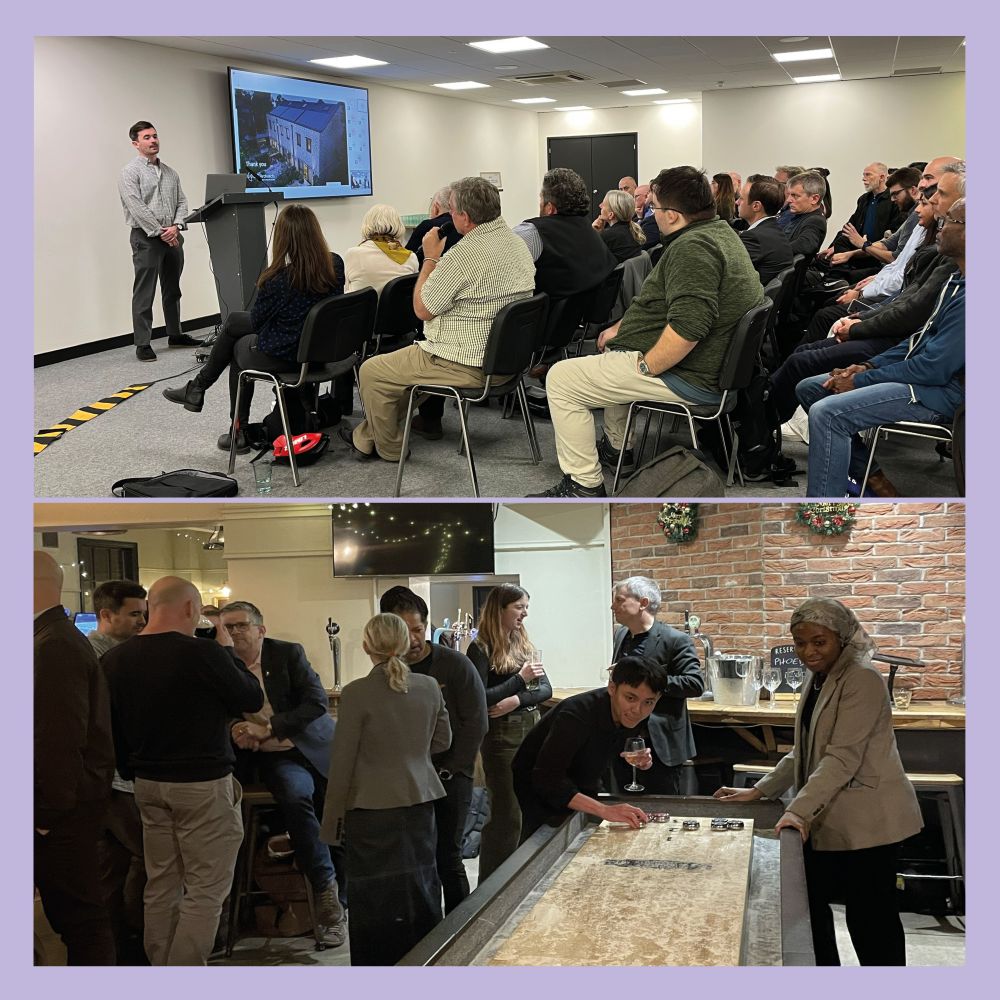10.02.2025
Today we spotlight our talented apprentice, Kailash Abbot! Learn more about his journey with Keegans.
Thank you for getting in touch. We will be in contact shortly.
This week, we celebrate National Apprenticeship Week 2025 by showcasing our talented apprentice, Kailash Abbott.
Kailash’s journey with Keegans is an interesting and inspiring one; he initially joined us as a Data Administrator, before he was driven to pursue training as a qualified Retrofit Assessor. Now, through Keegans’ Apprenticeship Scheme, he is pursuing a Building Surveying Degree at London South Bank University!
Kailash spends four days with Keegans, working on various projects, and one day at the University; he is currently in year 2 of his 5-year course.
"I thank Keegans for giving me the opportunity to develop both professionally and personally. The apprenticeship scheme has allowed me to pursue my passion for the built environment while gaining hands-on experience. I’m excited for what the future holds and grateful for the continued support I’ve received. Managing both my university studies and my role in the retrofit team has been a rewarding challenge, allowing me to apply my academic learning to real-world projects."
Keegans is proud of our commitment to supporting and nurturing new talent. Kailash's journey is a testament to how apprenticeships can drive both personal and professional growth.
What qualifications do you need to be a Building Surveyor?
To become a building surveyor, you usually need to have a degree or diploma in building surveying or a related field, such as construction, engineering, or architecture. You may also need to complete a period of practical training and pass a professional assessment to gain chartered status.
What is Building Surveying?
Building Surveyors are responsible for assessing the quality of buildings, from houses to public and commercial properties. They examine the condition of buildings and advise on ways to improve them.
The building surveyor role requires you to wear many hats. These include safety analyst in the form of carrying out structural and internal inspections to make sure a building is safe. You’ll also need to be a quality controller to ensure a building is fit for human habitation, as well as understanding energy standards and the history and heritage of older buildings.

28.07.2025
Expanding the Keegans Team!Meet our new staff members across our Fire Safety, Retrofit, Building Surveying, Employer's Agent, Cost Consultancy and Clerk of Works teams!

07.11.2025
Knowledge Café November 2025Learn more about our recent Quarterly Knowledge Cafe and social.
Thank you for getting in touch. We will be in contact shortly.